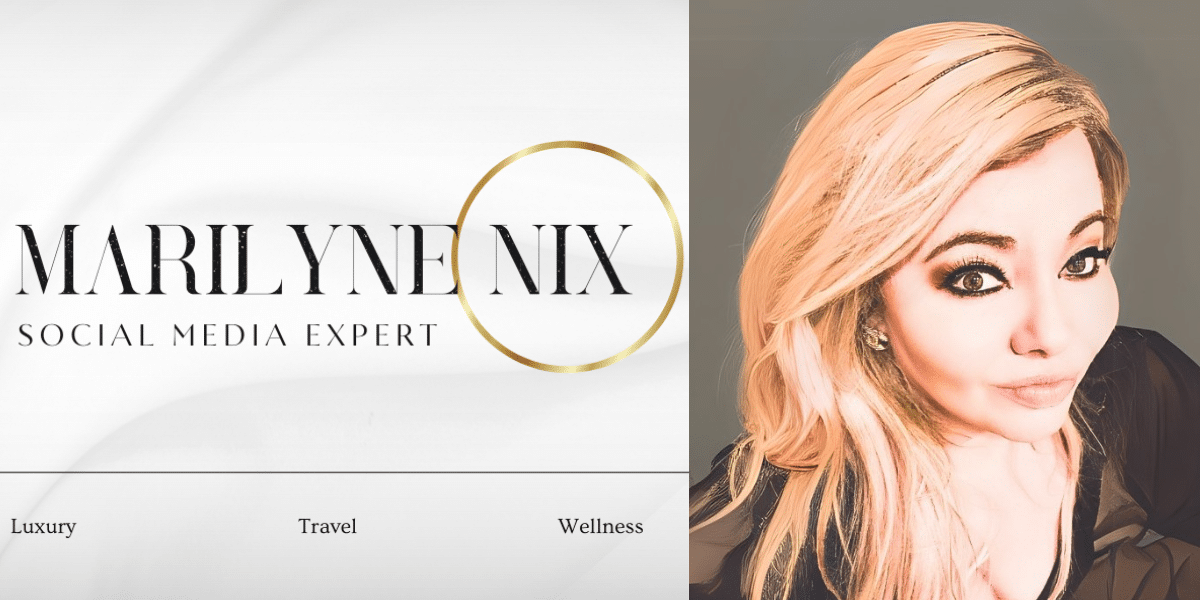Image commercially licensed from Unsplash
Audio continues to soar in popularity. Most companies aren’t surprised to hear this, but so many businesses still aren’t meeting their customers where they’re at: on streaming platforms.
Since 2019, the number of subscribers on music streaming platforms has grown exponentially, landing at around 524 million listeners. These subscribers utilize these platforms to listen to their favorite artists and podcasters and discover new audio content. As subscriber numbers rise, so does audio advertising spend. By the end of this year, it’s predicted that global audio ad spend will reach $8.95 billion. And for younger generations, audio content is a mandatory part of their entertainment.
If you want to expand your outreach and grow your business, audio advertising is the way to do it. No one knows this more than Spotify’s Head of Sales, Brian Berner. Spotify is a household name for music streaming, and with over 116 million ad-supported listeners, brands are determined to utilize Spotify as a lucrative way to advertise their products or services.
As companies revamp their marketing strategies, Brian Berner shares two of the biggest trends in audio advertising that brands should be aware of so they can make the most of their budgets.
Podcast Advertising Is King
If you’re wondering where to reach your target audience, look no further: they’re listening to podcasts. There were 424.2 million listeners in 2022, and that number is expected to increase to 504.9 million by the end of 2024. Even beyond the rise in podcast listeners, what’s even more powerful is that 54% of consumers admit to buying a product after hearing about it on their favorite podcast.
The correlation between ad spend and return is undeniably strong. Why is that? Podcast advertising is so effective because of the relationship between the host and their listeners. The success of podcasts depends on the host’s ability to connect with their listeners and, over time, that initial relationship will continue to develop into one of deeper trust and loyalty. Podcast ads are simply tapping into the trust that’s already been established between hosts and listeners to sell a product or a service, so it puts companies in a better position from the get-go.
Business leaders must be strategic about their podcast strategy, however. The nature of your product or service will influence the type of podcast you advertise on, so Brian Berner believes it’s best to do your research and be thoughtful about your approach. You don’t want your audio ads to feel out of place.
Interactive Audio Ads
Consumers flock to music streaming services because they want a unique listening experience. So, why wouldn’t they want the same experience for the ads they hear? Boring, outdated ads aren’t going to grab the attention of listeners. This is why interactive audio ads are the next big marketing trend.
Companies can boost engagement by using smart speakers and other voice-enabled devices to give listeners more control over their ad experience. Part of their desired experience isn’t having to remember a URL or a promo code to engage with a brand. That’s why Spotify created CTA cards. These cards will pop up in the app and will take consumers directly to a company’s website or product — all with just a click.
By prompting listeners to engage with your ads, you enhance your ability to track conversions, which we all know provides you with critical information about the effectiveness of your ads. Interactive audio ad costs will vary across platforms and locations, but it’s something to consider as you enhance your marketing strategy.
As audio ads continue to evolve, your advertising strategy should evolve alongside it. Companies must begin thinking about how they can mesh their marketing goals with this new medium so they can expand their outreach and increase their bottom lines.






